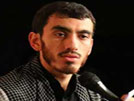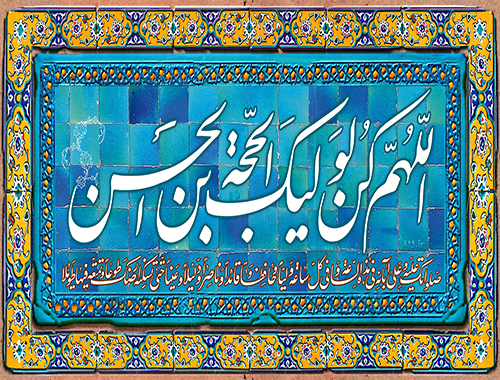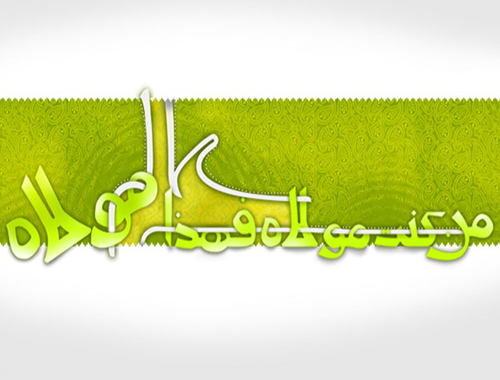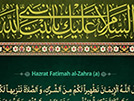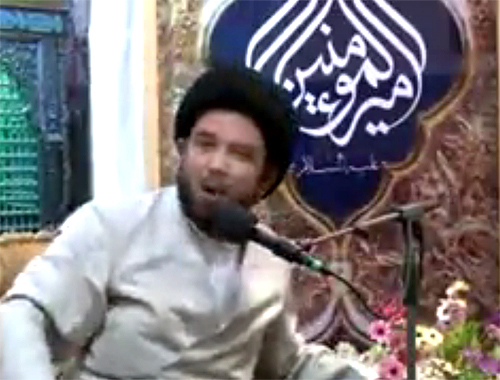THE SYSTEM OF MEDICINE OF JA’FAR AS-SADIQ (a.s.)
- Details
- Hits: 1150
We are not sure whether Muhammad al-Baqir (a.s.) taught medicine or not, but we know for certain that Ja’far as-Sadiq (a.s.) taught this subject in his Academy. His research and his theories had great impact on the science of medicine. During the 2nd and 3rd centuries of the Hijra most of the physicians in the East followed the methods of diagnosis and treatment prescribed by him. In cases where the condition of a patient was such that a physician could not know whether he was dead or alive, Ja’far as-Sadiq (a.s.) had suggested that a small incision should be made in his body, especially between his two fingers. If blood comes out it was a sign that he was alive.
Ja’far as-Sadiq (a.s.) made many discoveries in the field of medicine and formulated new methods of diagnosis and treatment. No one before him had done so much for advancement of the knowledge of medicine in the East.
By the word, “East”, we do not mean Arabian Peninsula. The Arabs had no knowledge of medicine before Islam. Among the ancient people only the Arabs made no contribution at all to the science of medicine. There were no physicians in Arabia. If someone fell sick, he was left without medical aid to recover by himself or to die.
The Arabs of the desert seldom fell sick. Their main food was camel’s milk, which provided all the necessary nourishment for the body without depositing harmful residues. Many chronic diseases of today, which result in a patient’s death, are due to harmful matter deposited in our bodies from the food we consume. Uric acid is one of them. Another factor, which contributed to good health and longevity of the people of the desert, was that they breathed fresh air.
The dwellers of the desert, however, suffered from the diseases of childhood caused by microbes, which resulted in large number of deaths ever year. Child sickness was so widespread and such a big killer that, as mentioned in “The Seven Pillars of Wisdom” by Lawrence of Arabia, the population of Arabia did not change much from the beginning of the Islamic Era till the end of the 18th century. In some parts of Arabia the population actually declined although Islam had done a lot to increase the number of its followers.
The Arabs of the desert, who survived childhood diseases, had a long and healthy life. On the contrary, those who lived in the cities suffered from many ailments and remained at home without a doctor and without any medication.
The situation did not improve because there was no one in the whole of Arabia to teach medicine and produce physicians. So far as our knowledge goes, the first person who started teaching medicine was Muhammad al-Baqir or Ja’far as-Sadiq (a.s.).
Ja’far as-Sadiq (a.s.) was not a physician by profession so that he could have made those discoveries and formulated methods of diagnosis and treatment after practicing medicine. Did he learn them from his father? Did Muhammad al-Baqir (a.s.) teach him the science of medicine also? If so, the question remains to be solved as to who taught medicine to Muhammad al-Baqir (a.s.)?
Imam Reza (AS) Network

![take advantage of your [present] time](/en/media/com_hwdmediashare/files/99/f5/fb/5293162f4d04afb1ed8da3034e984340.jpg)
